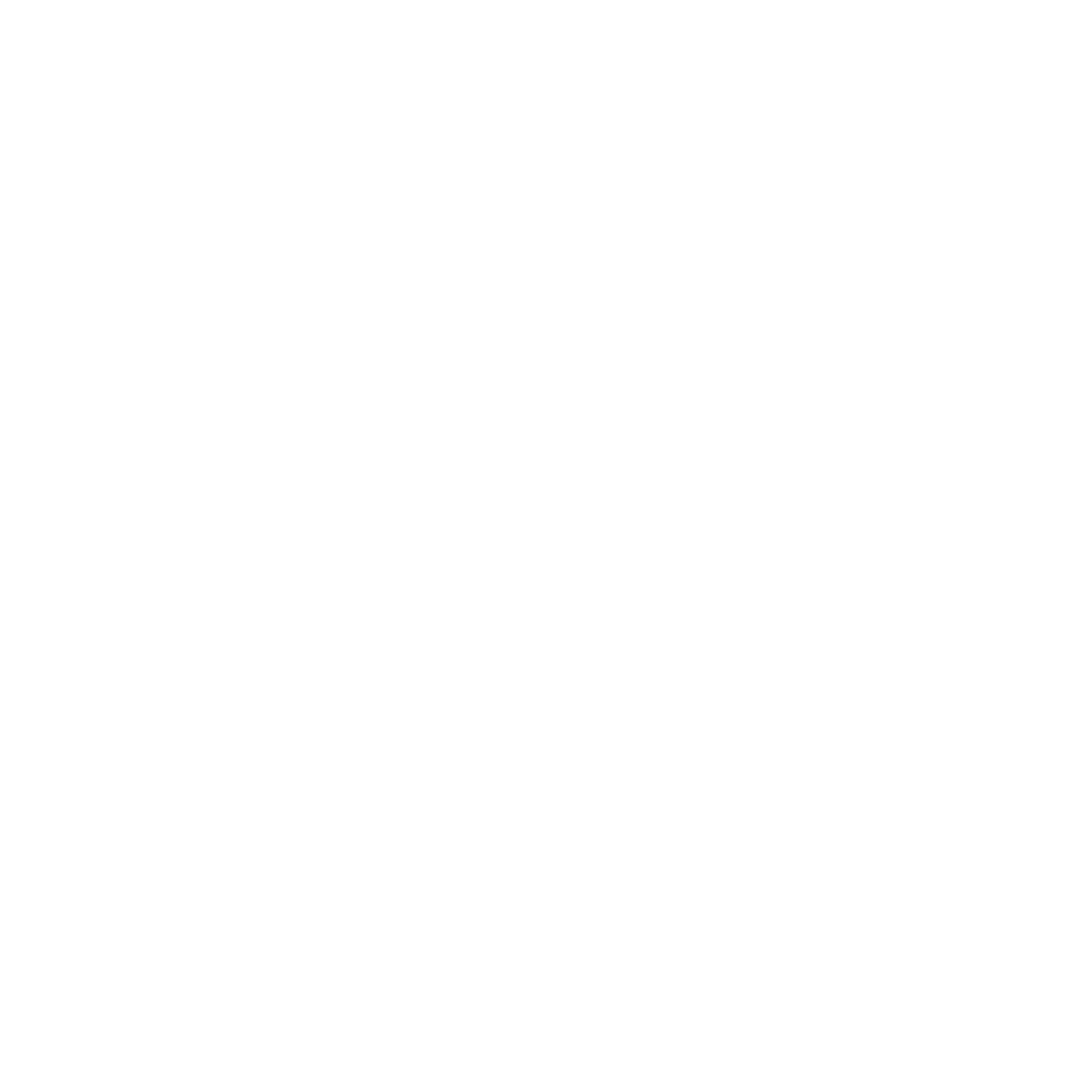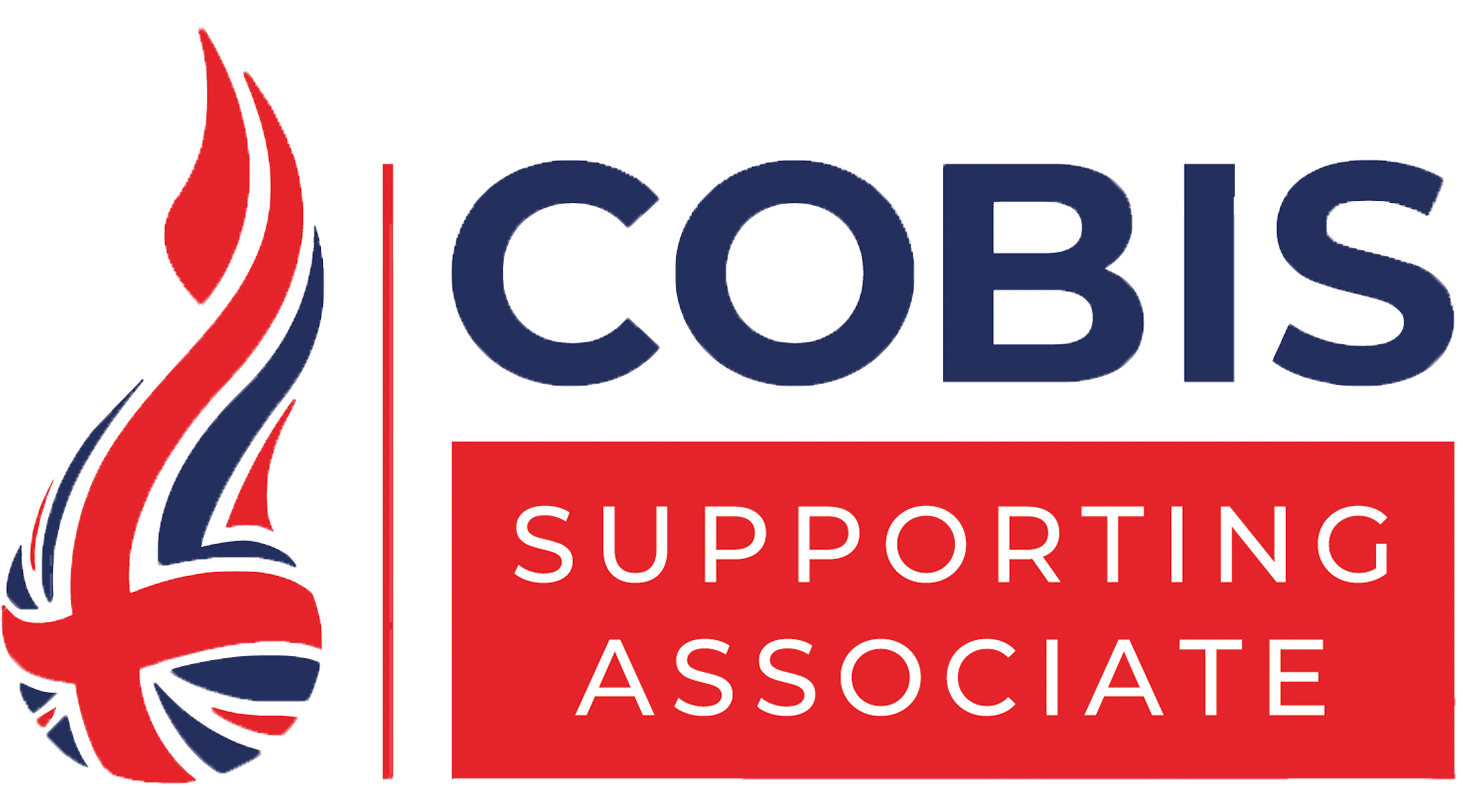Supporting teacher development using the mechanisms and features of the Great Teaching Toolkit
In the classrooms of the best teachers, students learn at twice the rate they do in the classrooms of average teachers – they learn in six months what students taught by the average teachers take a year to learn. And in the classrooms of the least effective teachers, the same learning will take two years.”
Wiliam (2010)
The correlation between teacher quality and student achievement is profound. It’s always worth reminding ourselves of the impact of teaching quality and why (arguably) it should always be the highest priority of school improvement strategies. Of course, this is easier said than done. To deliver an explicit, coherent and sustained focus on the quality of teaching within a school is challenging, and those challenges are magnified further across a diverse group of schools. Is there a secret recipe for teacher development? No. Although, it seems there are some important ingredients and some methods that are more effective than others. Work by the Education Endowment Foundation indicates it is the mechanisms within programmes, rather than the form of professional development (e.g., instructional coaching), that makes the difference. You can read more on those mechanisms in this blog. Here, we will explore some of the mechanisms and features of the Great Teaching Toolkit that can specifically support school groups and teacher development at scale.
Evidence-informed coherence
What are the ‘best bets’ for teachers to invest precious time and effort in to enhance the quality of classroom teaching and student learning? This is the question we set out to answer when creating the Great Teaching Toolkit: Evidence Review. We set out to identify, review and then summarise the best available evidence (drawn from both academic reviews and existing frameworks) about what teachers’ practices, skills, knowledge and behaviours are important for students’ learning. We did this to ascertain what the evidence suggests is important for teachers’ learning. Since we released the Great Teaching Toolkit: Evidence Review, the main theme of feedback we’ve received is how the Model for Great Teaching provides a shared credible source that defines and articulates effective teaching practices, enabling a common understanding and professional language among staff. This framework is the backbone of the Toolkit, to which all courses and tools are aligned and around which individual schools and groups of schools can create learning structures and communities of practice.
Context and autonomy
There is, at least in part, a compelling argument for ‘standardising’ and ‘centralising’ professional development across a group of schools. Standardising brings consistency in the approach and a focus to a particular priority/initiative, and centralising offers economies of scale. The danger in standardising and centralising is that both those things counteract your initiative if they don’t attend to two significant factors of effective professional development – context and autonomy. A focus on our pedagogical use of questioning may be appropriate for one school, whereas rules and expectations is the priority in another. Furthermore, can we assume that all teachers need professional development in the same areas? The answer to the question ‘What can I best focus on to improve?’ is likely to be different for different teachers.
The Great Teaching Toolkit enables a school group to focus on teaching quality as an initiative, while working within an evidence-based framework. The feedback tools and courses in the Toolkit are all aligned to a Model for Great Teaching. As such, schools and individuals can identify areas for development from within this framework, and the leaders of a school or school group can be confident that the ‘best bets’ within the framework are worthy of teachers’ valuable time. It allows the leaders of a school group to coordinate a centralised offer that standardises a focus on teaching quality, while allowing schools to work to their context and offering teachers a level of autonomy.
To quote Dylan Wiliam again, “When teachers themselves make the decision about what it is that they wish to prioritise for their own professional development, they are more likely to make it work”. The personalised feedback generated from the student perception surveys within the Toolkit provide information for individual teachers to help inform their professional development choices.
Collaboration and accountability
There’s a significant body of evidence about the positive impact of effective and focused collaboration and peer support as a feature of professional development programmes (the Teacher Development Trust report, Developing Great Teaching is a good starting point). Although the Great Teaching Toolkit courses and feedback tools are accessed online (which is more cost effective and scalable than in-person training), there are many ways the in which face-to-face collaboration is facilitated. One particular Toolkit mechanism to help structure collaboration are development plans. Having explored the evidence and strategies of a particular element of focus in one of our courses (e.g., Questioning), then follows the stages of preparing, practising and integrating a ‘best-bet strategy’ based on a personal development plan. This process and these plans provide an opportunity for colleagues within and across schools to share their intentions – what they have chosen to work on and why. Making these plans public (in a safe and supportive environment) is a forum for sharing ideas and a form of healthy accountability to each other.
Video observation tools are another feature of the Great Teaching Toolkit that can help facilitate collaboration, bringing colleagues together to develop and reflect on a bank of examples of instructional approaches. Such tools can also help save time by reducing (but not replacing) in-person lesson observation.
The more we work with Multi Academy Trusts and school groups, the more we identify the mechanisms and opportunities for the Great Teaching Toolkit to support teacher development at scale. It’s an exciting time and we’re only just getting started. If you’d like to talk to a member of the team about using the Great Teaching Toolkit within your school group, just leave your details here and we’ll be in touch.
Wiliam, 2010. Teacher quality: how to get more of it (Spectator ‘Schools Revolution’ conference, March).





